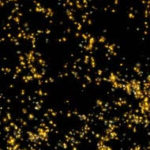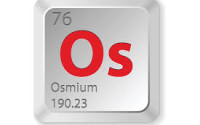Whey protein: Everyday science
Whey protein is a nutritional supplement that comes from milk. It is a complete protein containing all essential amino acids that is needed by our body. Milk is made of two proteins – whey and casein. Whey is isolated from the rest of the milk through various purification processes. Whey is a by-product of cheese production. In cow’s milk nearly 80% of milk’s protein is casein which is the main cause of milk allergies in some people. While casein contains phosphorous, whey do not. Whey proteins contain large amount of sulfur containing amino acids.
There are three types of whey protein – whey protein concentrate (WPC), whey protein isolate (WPI) and whey protein hydrolysate (WPH). WPC contains low levels of fat and lactose (carbohydrates). The protein concentration ranges from 30 – 90%. WPI is at least 90% protein that is processed to remove all the fat and lactose. WPH is considered to be pre-digested form of whey protein which is easily digested compared to other two forms. Hence it is often used in infant formulas and health supplements because of its easy digestibility.
There are many health benefits on intake of this protein. Athletes often take the protein after their workout. This includes increase in immunity against asthma in children and reduction in blood pressure in patients with hypertension. It is also known to be used in cancer treatment. Studies also say that whey protein could lead to significant decrease in body fat. Though healthy, a high dose of whey protein can cause stomach aches, cramps or headache. Excessive protein intake could damage the kidneys.











